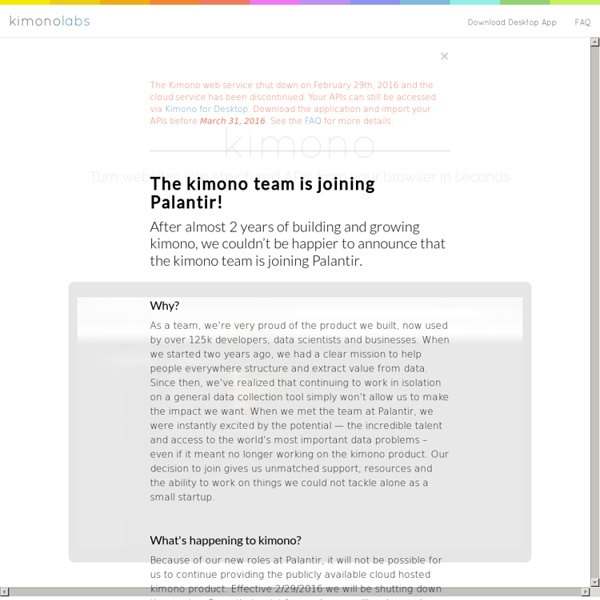



Basics and Implementation of Predictive Collision Detection Few days ago, I wrote a post about why time based animations are better than frame based animations. However, in animations done as a function of time, some serious problems could arise. One of them is that your regular collision detection techniques might fail if the frame rate is lower than acceptable. Your object might pass through the walls or even fall through the floor! This problem occurs if you are using basic collision detection techniques like calculating the intersection of object’s bounds per frame. This problem can also be seen even with high frame rates combined with high object speeds. Ordinary Collision Detection If you are not sleepy yet, then let’s take a look on what is predictive collision detection. Pretty simple, the ball bounces back after hitting the platform. (Click on the refresh icon on the embed above if you missed the show.) Predictive Collision Detection (or Sweep Testing) Here we are just calculating the time required by the ball to reach the platform.
Pourquoi faire confiance à Adviso ? Vision Globale Nos experts multi-disciplinaires travaillent en synergie autour de votre projet Web pour assurer un traitement exhaustif de vos enjeux. Neutralité Nous connaissons les meilleures technologies ainsi que les développeurs Web les plus polyvalents, mais ne sommes liés à aucun d'entre eux. Nous sommes donc les mieux placés pour vous aider dans vos choix. Rigueur Notre méthodologie rigoureuse qui laisse place à la créativité contribue au succès de vos projets tout en assurant le respect des enjeux et des contraintes. Objectivité Nous vous aidons à prendre du recul face à vos actifs et à vos façons de faire et nous vous recommandons la configuration de vos ressources qui maximisera le rendement de vos efforts Web.
First Principles of Interaction Design (Revised & Expanded) | askTog The following principles are fundamental to the design and implementation of effective interfaces, whether for traditional GUI environments, the web, mobile devices, wearables, or Internet-connected smart devices. Help! This is a huge revision. I expect I have made mistakes. Please leave corrections and suggestions in the Comments at the end. This revision features new examples and discussion involving mobile, wearables, and Internet-connected smart devices. What has changed greatly is the level of detail: You will find many new sub-principles within each category, along with far more explanation, case studies, and examples. Previous Version & Its Translations. Introduction Effective interfaces are visually apparent and forgiving, instilling in their users a sense of control. Because an application or service appears on the web or mobile device, the principles do not change. I Love Apple, But It’s Not Perfect Please do not take from this document that I am somehow an Apple hater. Aesthetics
Carousels Carousels, image rotators, sliders, featured content modules, whatever the hell you want to call them — they’re everywhere on the web. There’s a 95% chance you’ve created one. But despite being so omnipresent, little is said about our splashy little auto-rotating frenemies. Let’s fix that. Last year in the Biodome at Breaking Development Conference, I was discussing (read: screaming about) carousels with Erik Runyon, web developer extraordinaire at Notre Dame University. So in the spirit of keeping the conversation going, here’s my thoughts and considerations around carousels. Carousel Considerations Make sure you actually need one I’ll go out on a limb and say that most carousels simply don’t need to exist. Carousels are organizational crutches INT. I suspect this is why a good number of carousels exist. It’s far harder to have an honest content strategy conversation and determine what truly deserves to be on the homepage. Carousels are complex Carousels just aren’t that effective
How we’re using Lucidchart and Dropbox to reduce duplicate UX artifacts | Mozilla UX While working on upcoming improvements to Firefox Sync, fellow designer John Gruen and I happened upon an interesting workflow that combines the hosted diagramming tool Lucidchart with the file-sharing service Dropbox. The problem The problem we often face as designers is that our work is published in many forms: user flow diagrams, low-fidelity wireframes, animations, high-fidelity mockups, and ultimately usable graphic assets; these artifacts quickly become out of date, especially when duplicated and compiled into larger design documents. The goal We aimed to ensure that the Sync team could easily acquire the latest user flow diagrams and high-fidelity mockups, without overloading them with the full UX document we maintain for the front-end developers. How we did it The result The result is the above link which generates an up-to-date PDF containing links to the respective mockups on Dropbox.
Selfiexploratory The upper part shows charts that you can use as , while the lower part displays the . Click on any of the circles to see only selfies taken in that city. Clicking on the map background will remove the filter. You can navigate through the results grid using the on the left and right. Note how the other charts react when you filter the data! Click and drag the mouse to create a filter. The works the same as the map: Just click on a circle to filter. is location (captured by Instagram app) and gender and age (tagged and guesses by Mechanical Turk workers.) is the direction a person is facing (up/down, left/right, head tilt). is an estimate of facial attributes by Rekognition, such as the presence of glasses, or if mouth or eyes are open. is the estimated mood of a person - again automatically extracted by Rekognition.